From Vila Real de Santo António to Sagres, Portugal’s southernmost coastline dazzles travellers, and it’s no wonder! Its white villages are sublime. Its beaches are dreamy. And its history unfolds through castles, markets and vineyards. The Algarve’s turbulent past includes a six-century Muslim presence that has deeply influenced the region – starting with its name, which means “the West”. Whitewashed houses, lace-like decorative patterns, chimneys and terraces are remnants of this era and add to the region’s charm.
In the early 15th century, the Age of Discovery, which marked Portugal’s maritime expansion, brought great prosperity. Today, the gems of cities such as Lagos and Sagres are still linked to the memory of Prince Henry the Navigator and his daring caravels!
What’s more, the Algarve is one of the Iberian Peninsula’s top winter destinations, offering a tempting escape from the cold all year round. There are also beautiful beaches close by where you can surf!
Faro

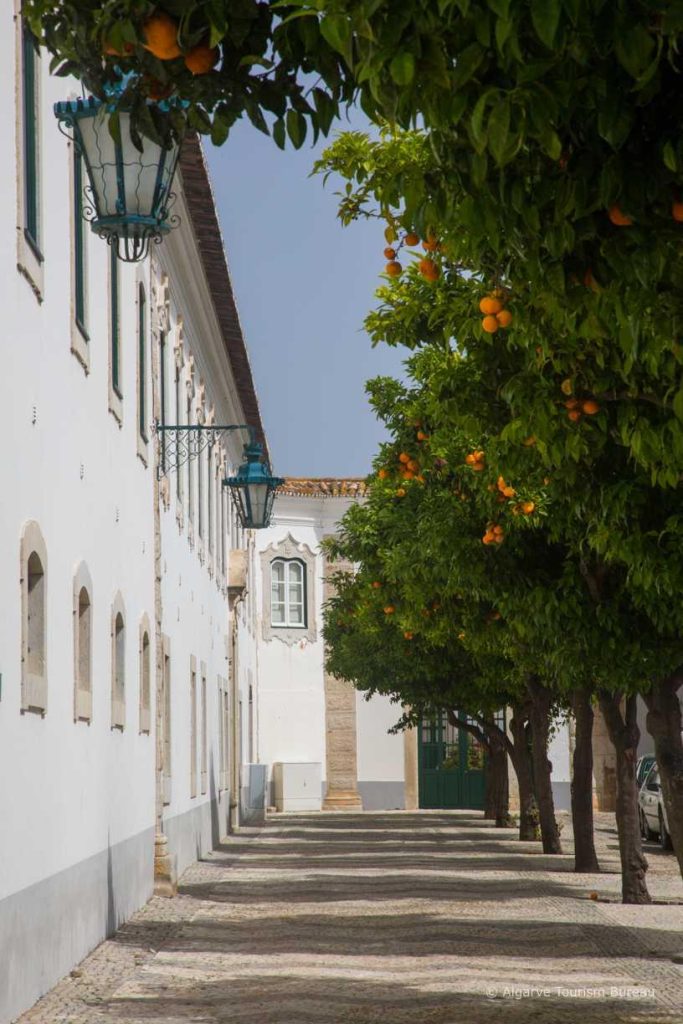
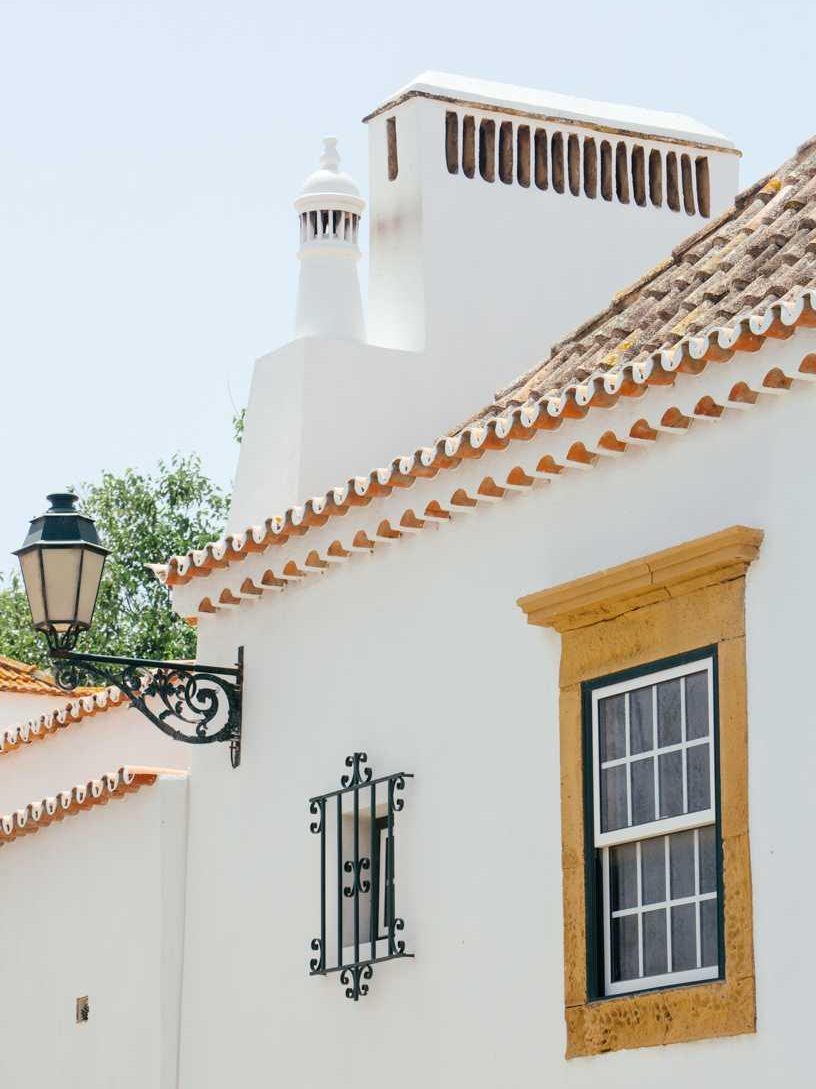
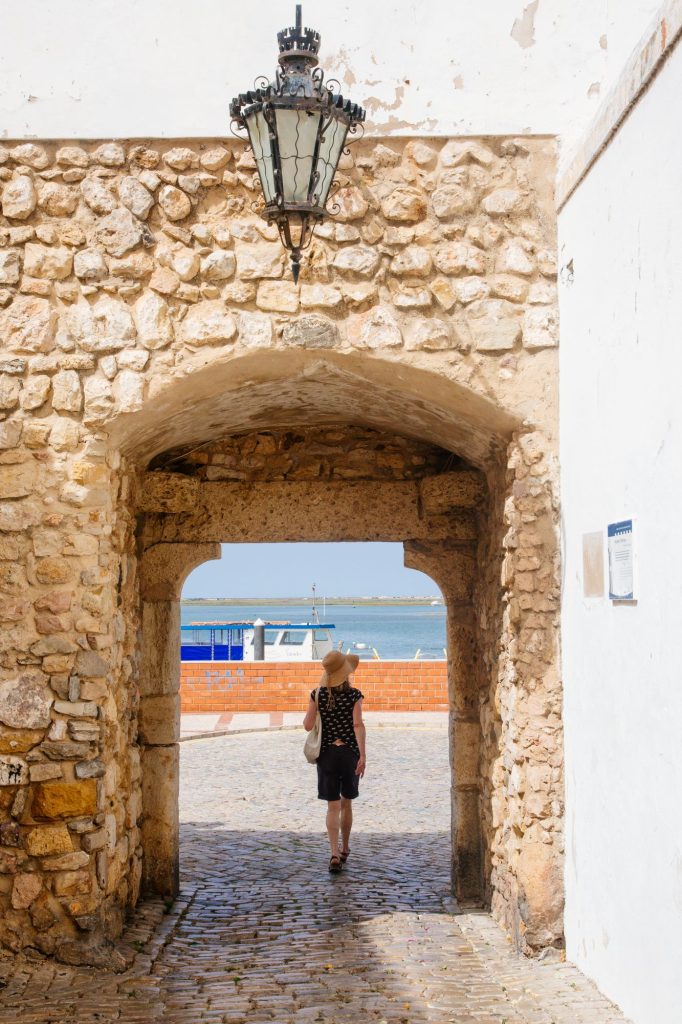
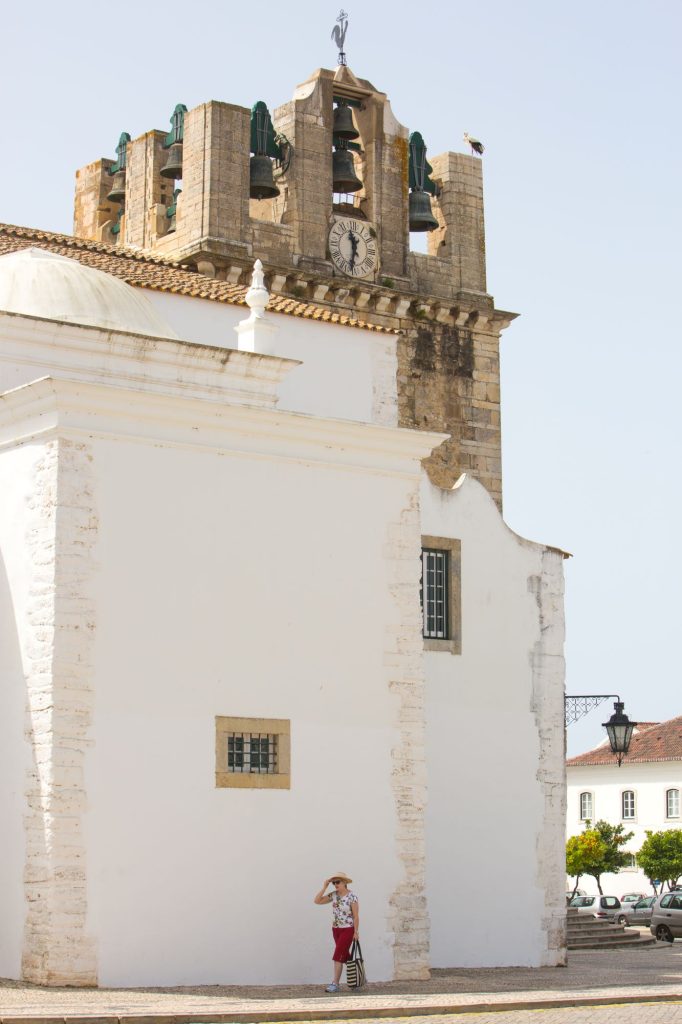
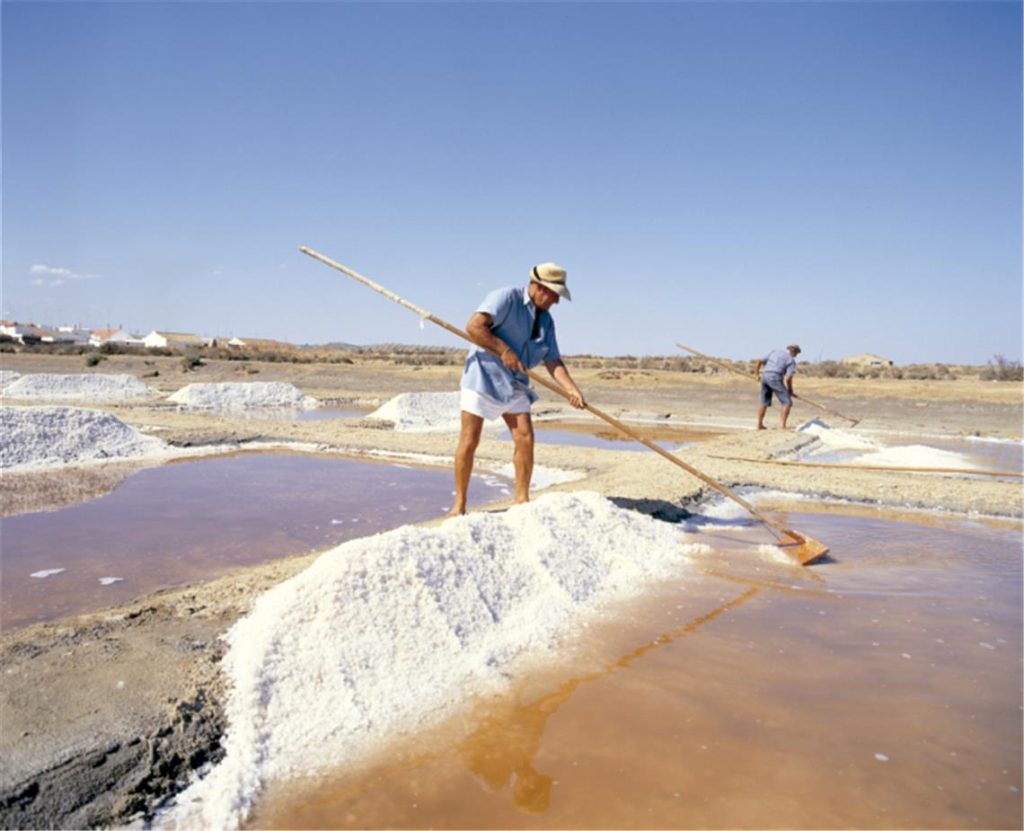
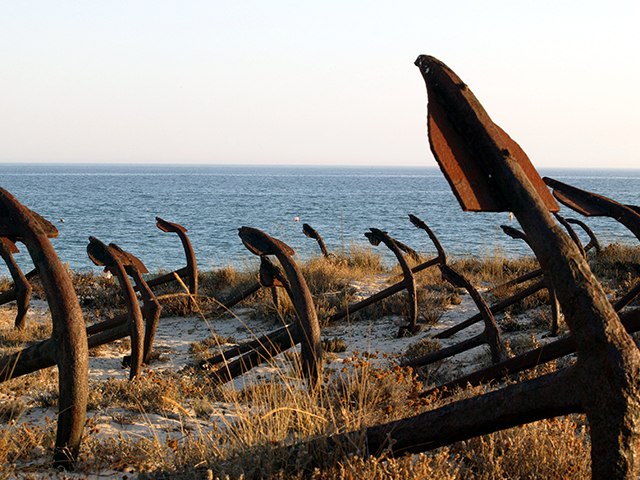
There are many pleasures to be had in Faro. It starts with the pleasure of getting lost in the narrow streets of the old town. Then there is the ever-present scent of orange blossom. And, of course, there’s the pleasure of relaxing on the aptly named Ilha Deserta.
From nearby Olhão, explore the water birds in the fabulous Parque Natural da Ria Formosa. As the Algarve’s largest fishing port, this town is also famous for its historic Saturday morning markets selling fish, seafood and fresh produce. Enjoy the delicacies in the small bars around the mercados! What to order? A very local side dish, xarém! It’s a thick and scrumptious soup made with clams, cilantro, garlic and bacon. Washed down with vinho verde, it’s a delight!
Nearby, Loulé, historically a commercial centre, offers tours of its craft workshops. Another great way to meet the locals! For a completely different side of the Algarve, head in the opposite direction and enjoy the salt marshes and anchor cemetery at Praia do Barril, closer to Tavira.
Carvoeiro
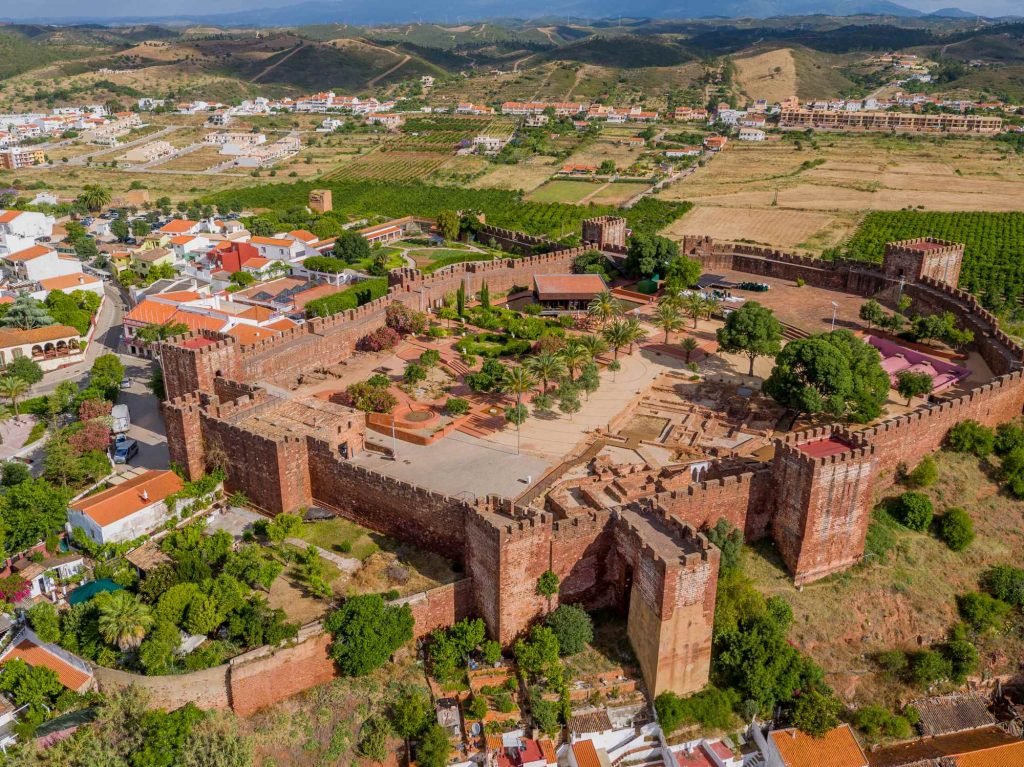

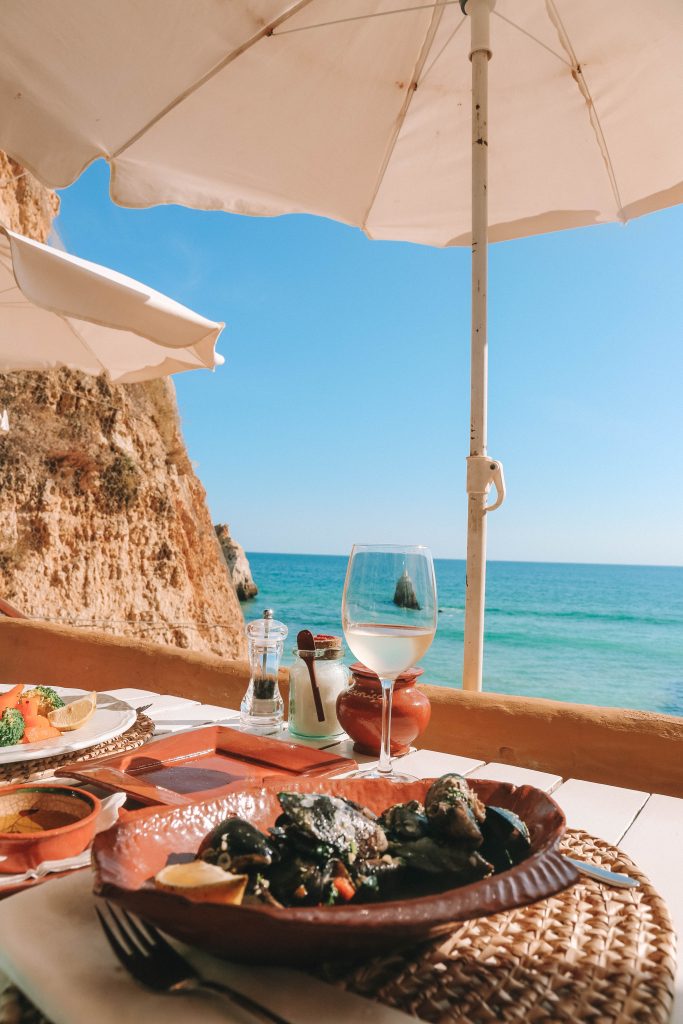
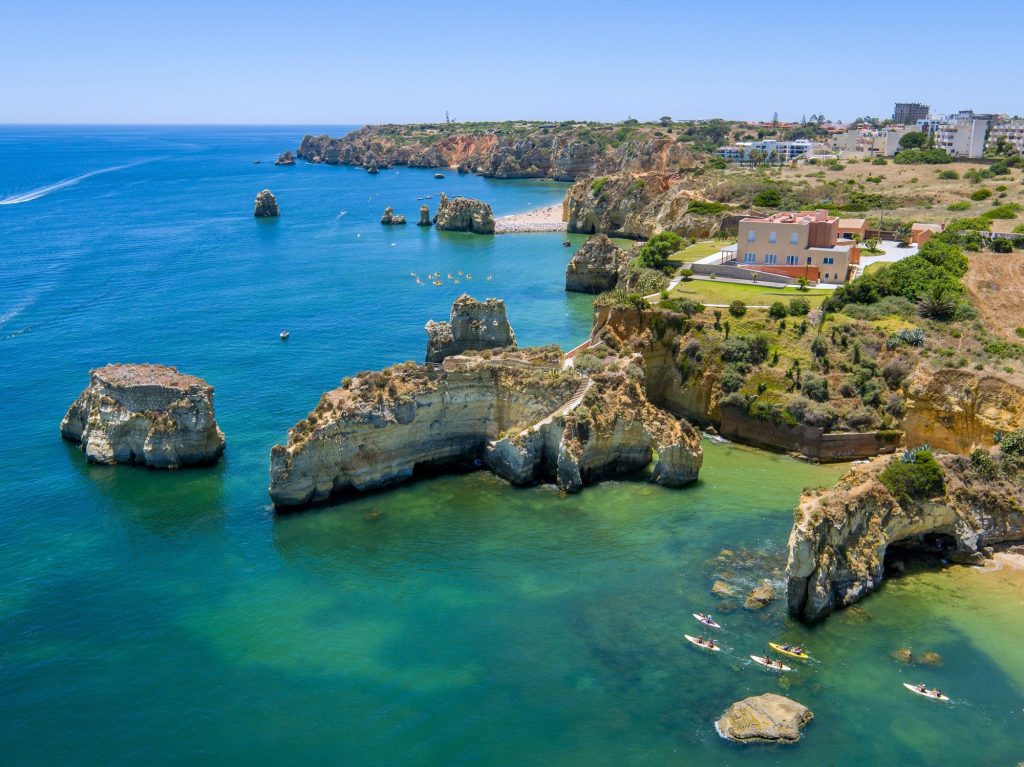
This is the Algarve of stunning rock formations and caves. Let’s kayak to the Benagil Cave, a masterpiece of nature. This area also boasts Praia da Marinha, a blonde sand beach that CNN named one of the 20 most beautiful beaches in the world in 2018. It’s safe to assume it still holds that title! This is also the starting (or finishing) point of the famous ‘Seven Hanging Valleys’ walk. The trail is about 6 kilometres long and leads to Praia do Vale de Centianes, and from the top of the cliffs you can see karst pillars, sinkholes carved out by the sea and sometimes even dolphins.
Not far from Carvoeiro, the well-preserved Moorish-style Silves Castle offers panoramic views from its walls! For authentic fishing villages, Ferragudo takes the cake, followed closely by Alvor. In between is Portimão.
Let’s plan an unforgettable gourmet experience with Ria de Alvor oysters and Portuguese sparkling wine in the heart of the Morgado do Quintão vineyard, at sunset, at the beautiful rustic table of an estate dating back to 1810. You can even stay overnight!
Fancy a day trip? From the marina, board an electric solar-powered boat from the eco-friendly Algarve SunBoat and cruise up the River Arade to Silves, stopping off at the Arvad winery for a tour of the cellars and a tasting of their excellent Negra Mole, accompanied by petiscos.
Lagos
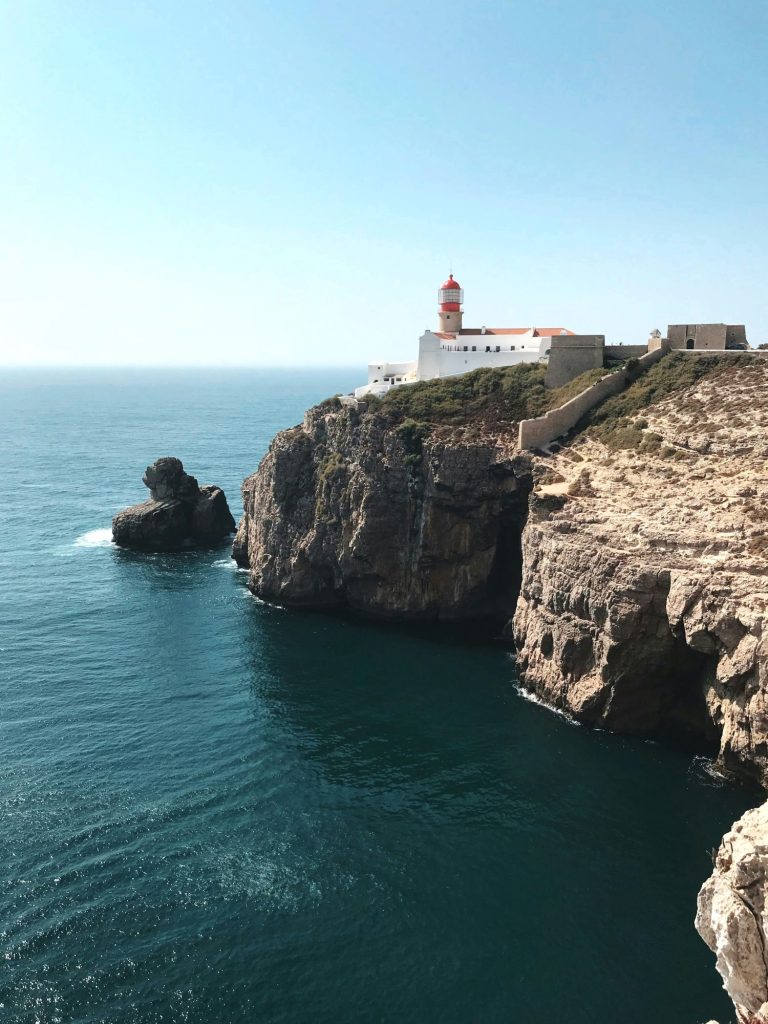

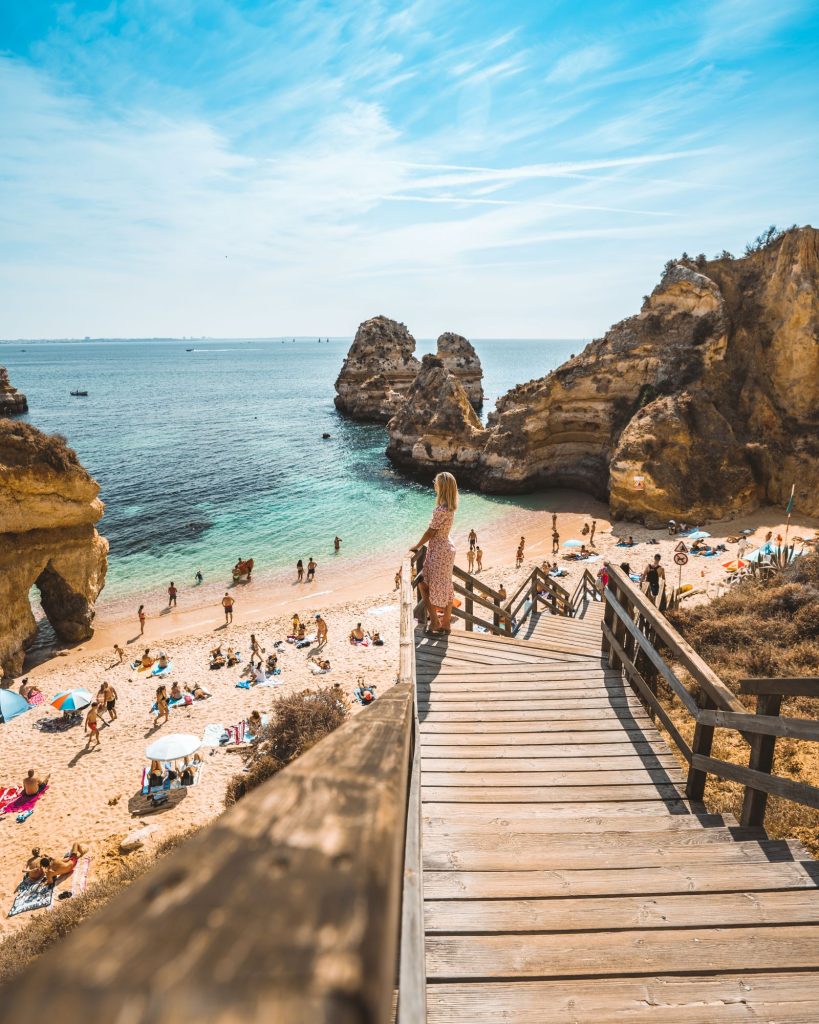
The lively old town is lined with bars and restaurants along its mosaic tiled streets, the famous traditional calçadas. Sit down and enjoy a cataplana, a Moorish-influenced culinary speciality common throughout the region. This delicious stew, which comes in countless variations, is usually made with layers of vegetables, fish and seafood.
Back in the city, a statue of Prince Henry in a central square reminds us that his revolutionary ships, capable of sailing at sea, were built in the city’s shipyards. Opposite, the Rota da Escravatura Museum, the former slave market, sheds light on the grim trade dating back to 1444: the first sale of African captives in Europe.
After paying our respects, head to the fabulous beaches of Praia Dona Ana and Praia do Camilo, both accessible via the Ponta da Piedade cliff-top trail.
Finally, rejoin Henry at Sagres, where he set up a nautical school, and then at Cabo de São Vicente. On their way to conquer new oceanic routes, the brave navigators took one last look at this imposing headland, wondering if they would ever see it again… And for us, it looks like the end of the world!




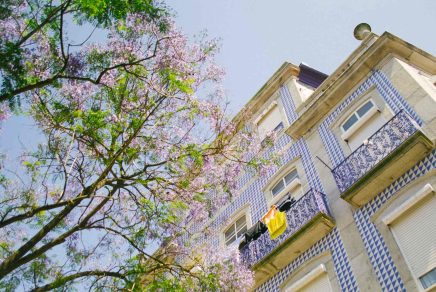
![day_trip_to_Ericeira_-_excursion_à_Ericeira_COUVERTURE[1] Day trip to Ericeira - Excursion à Ericeira](/wp-content/uploads/elementor/thumbs/day_trip_to_Ericeira_-_excursion_a_Ericeira_COUVERTURE1-scaled-qlembbjqde5j1dep0t8myasn1fi7k4hqnjfv30tvfs.jpg)


